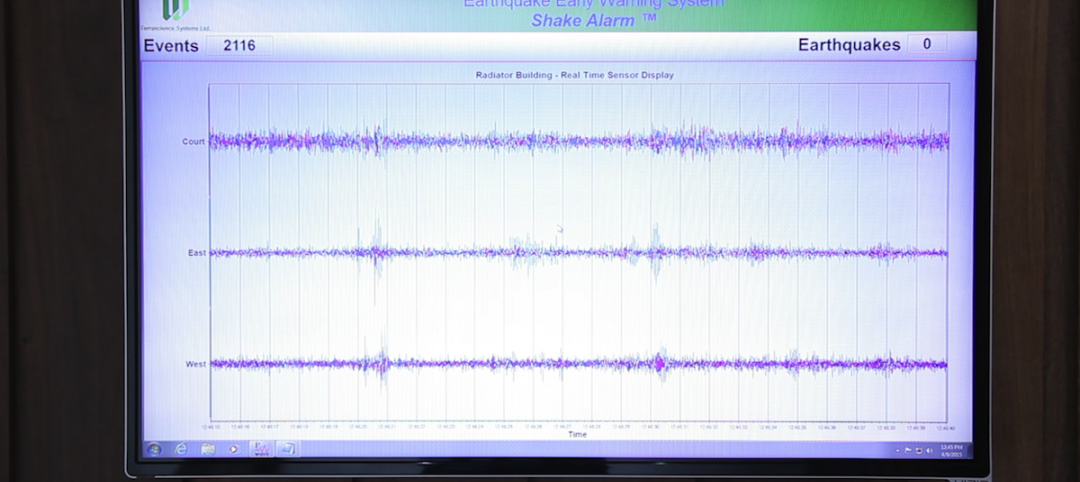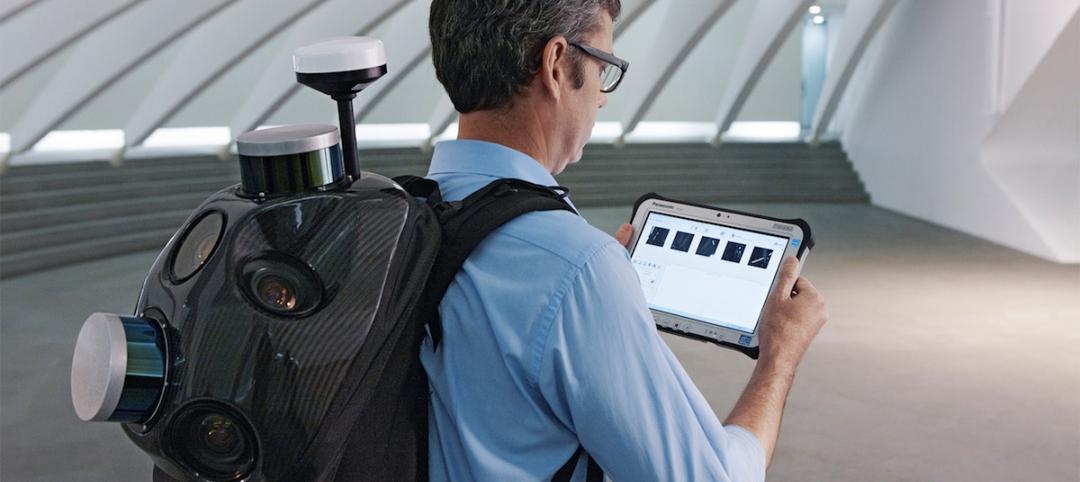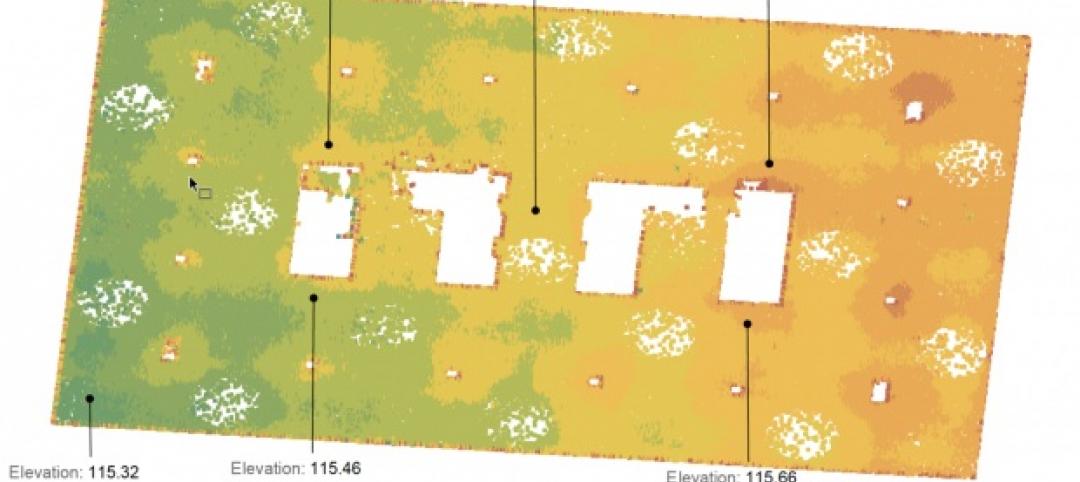Project Frog, a leading technology and building systems provider, today announced an alliance with Autodesk (NASDAQ: ADSK) to develop a transformational cloud-based platform to standardize and simplify data flow between the architecture studio, the factory and the jobsite. The agreement, which will strengthen the industrialized construction movement, is made possible through an investment from the Autodesk Forge Fund. The funding from Autodesk will accelerate the efforts of both companies to create a connected ecosystem linking architectural design to industrial fabrication.
“The reality of the building industry today is it’s facing unprecedented demand and scarcity of skilled labor,” said Drew Buechley, CEO of Project Frog. “In this climate, prefabrication is essential to delivering new buildings quickly and economically, while still offering a high degree of customization, competitive pricing and a quick turnaround. The only way to accomplish this is to use technology to simplify the process of moving a project from design to manufacturing, and then to the jobsite. What we are building with Autodesk is expected to be a truly revolutionary solution, enabling architecture, engineering and construction professionals to reap efficiency gains in the production of custom prefabricated buildings.”
Autodesk and Project Frog Collaboration
The Autodesk and Project Frog collaboration will create a common data environment to streamline design and engineering processes, and optimize architectural design for manufacturing. The end-to-end system will ensure every project stakeholder has access to the most recent data, eliminating the need for manual updates, and reducing the typical churn associated with coordinating across professional disciplines.
This design-to-fabrication ecosystem will leverage Autodesk’s industry-leading cloud platform and Building Information Modeling (BIM) leadership to integrate disparate workflows – enabling architects and structural engineers to mechanical, electrical, plumbing (MEP) professionals, fabricators and contractors – to quickly and collaboratively develop and document projects.
“Autodesk’s Forge Fund investment in Project Frog is expected to put into place a more seamless industrialized construction workflow connecting design to fabrication,” said Nicolas Mangon, Vice President, Autodesk AEC Business Strategy and Marketing. “The building industry is beginning to look a lot more like manufacturing than traditional construction, and this investment offers significant opportunity to improve productivity, resulting in decreased risk and increased profit margins for construction teams and projects.”
Autodesk Forge is a connected developer cloud platform which enables customers to create customized, scalable solutions for engineering, construction and manufacturing challenges. As a continuation of their development efforts and a member of the Forge community, Project Frog leverages cloud technologies to push tighter integration between their own internally developed web tools and core Autodesk applications (particularly around Revit and Fusion). More information about Project Frog’s integration with Forge can be found here.
The Changing Construction Environment
A convergence of factors is driving change in the way buildings are designed and delivered. For decades, productivity in the construction industry has remained flat relative to manufacturing, where steady incremental gains are highlighted by the rapid pace of industrial and technological innovation and adoption. Meanwhile, chronic and widespread shortages in the availability of skilled labor, exacerbated by an aging workforce and declining availability of new workers, are increasing project costs and delays.
Building Information Modeling (BIM), spearheaded by Autodesk Revit has, over the last 15 years, helped streamline the way architects and engineers collaborate on projects. However, there still remain portions of the market using a more siloed collaboration approach. While some new technologies have helped to automate the manual process of data transfer, currently no solutions exist to automate design or integrate design and engineering data, further slowing the design process. The new Autodesk-Project Frog integration will remove many time-intensive processes, eliminate errors, and keep projects on time and on budget.
Related Stories
BIM and Information Technology | Jun 14, 2015
Deep data: How greater intelligence can lead to better buildings
The buzzword may be “Big Data,” but the reality is that Building Teams need to burrow deep into those huge datasets in the course of designing and building new facilities. Much of the information is free. You just need to dig for it.
Smart Buildings | Jun 11, 2015
Google launches company to improve city living
The search engine giant is yet again diversifying its products. Google has co-created a startup, called Sidewalk Labs, that will focus on “developing innovative technologies to improve cities.”
Seismic Design | Jun 9, 2015
First building-specific earthquake warning system installed in North Portland, Ore.
The ShakeAlarm system recognizes and quantifies the faster but lower-energy seismic P-wave, which is the precursor to the more damaging S-wave.
BIM and Information Technology | Jun 8, 2015
Ready for takeoff: Drones await clearance for job site flights
The fog is finally lifting on who will be allowed to pilot unmanned aerial vehicles.
Green | Jun 8, 2015
Diamond Schmitt Architects creates tool to compare energy use data across building types
The firm's new ecoMetrics tool allows for a comprehensive analysis of data from energy simulation models across a wide range of the company’s building types.
BIM and Information Technology | Jun 5, 2015
Backpack becomes industry first in wearable reality capture
Combining five high-dynamic cameras and a LiDAR profiler, Leica's Pegasus:Backpack creates a 3D view indoors or outdoors for engineering or professional documentation creation.
BIM and Information Technology | Jun 4, 2015
Why reality capture is essential for retrofits
Although we rely upon as-built drawings to help us understand the site for our design, their support is as thin as the paper they are printed on, write CASE's Matthew Nelson and Carrie Schulz.
BIM and Information Technology | Jun 3, 2015
More accurate GPS ready to change the way we shop, interact, and explore
New technology reduces location errors from the size of a car to the size of a nickel—a 100 times increase in accuracy. This is a major technological breakthrough that will affect how we interact with environments, the places we shop, and entertainment venues.
Sponsored | BIM and Information Technology | May 28, 2015
Does BIM Work as a Deliverable?
Sasha Reed sits down with industry professionals at the BIMForum in San Diego to talk about BIM technology.
BIM and Information Technology | May 27, 2015
4 projects honored with AIA TAP Innovation Awards for excellence in BIM and project delivery
Morphosis Architects' Emerson College building in Los Angeles and the University of Delaware’s ISE Lab are among the projects honored by AIA for their use of BIM/VDC tools.

















